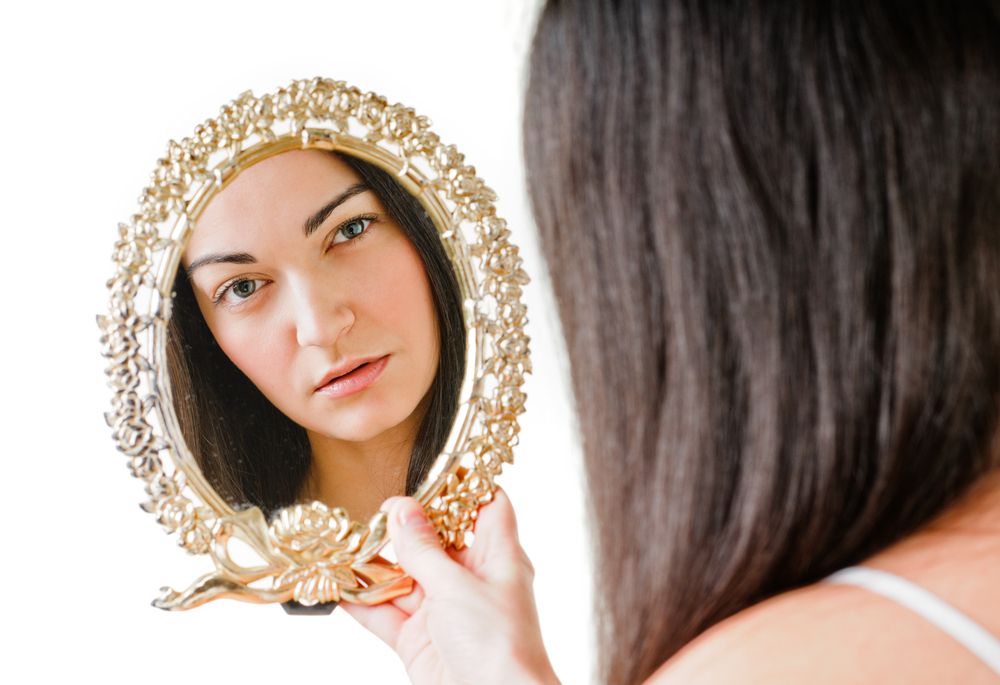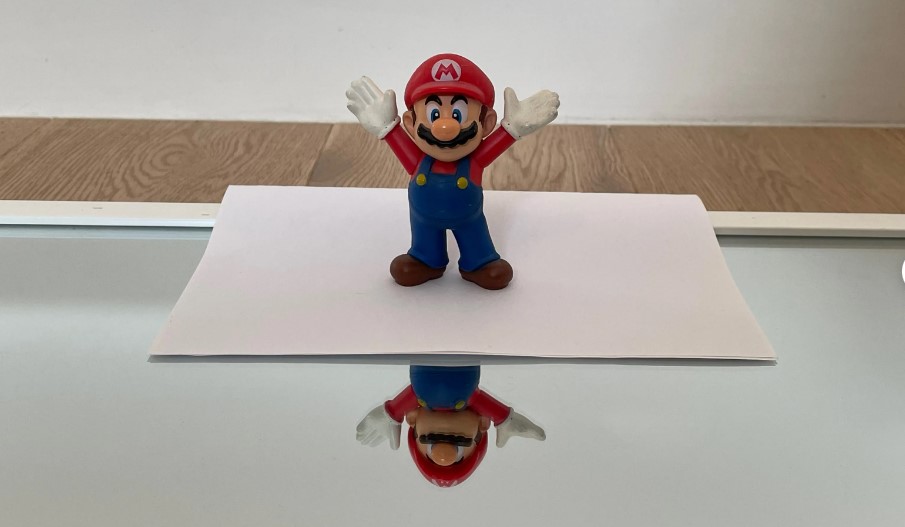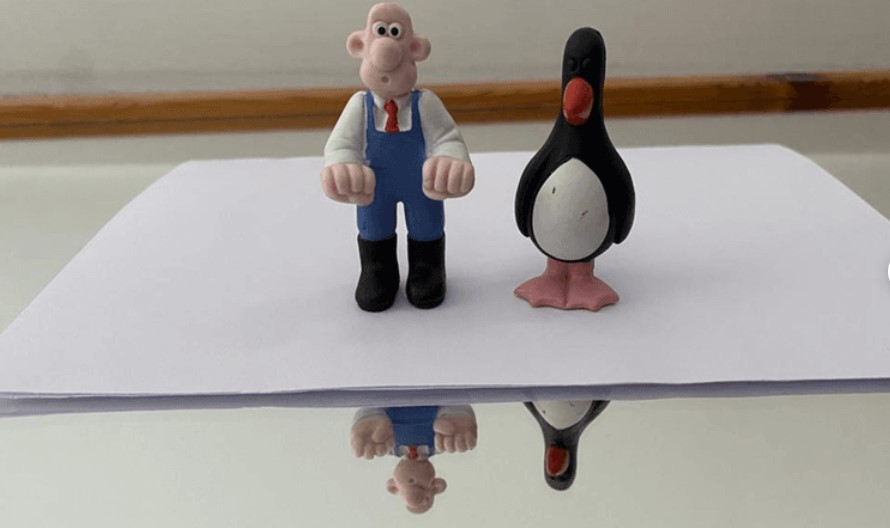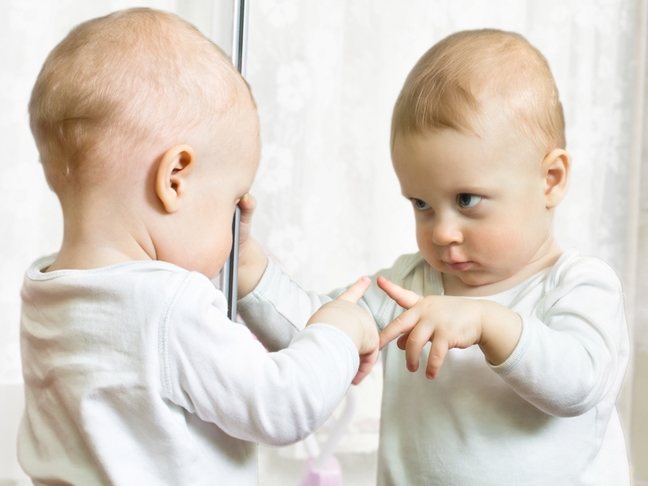Mirrors are objects that reflect light, allowing us to see our own reflection or the objects around us.
Confusion arises when people try to understand how mirrors "know" what is behind them. Mirrors don't have any inherent knowledge or consciousness.

They simply predictably reflect light based on the laws of physics.
To understand how mirrors work, we need to delve into the principles of reflection.
When light interacts with an object, such as Mario from the Super Mario game, certain wavelengths are absorbed while others are reflected.
The color of the object determines which wavelengths are absorbed and which are reflected back to our eyes. For instance, Mario's hat absorbs violet and blue wavelengths while reflecting the iconic red color.
To further complicate matters, a white object, like a piece of paper, reflects all spectrum colors, resulting in what we perceive as white.

Remarkably, a perfect mirror, which reflects all colors, technically appears white. However, in reality, mirrors tend to reflect green light more than other colors, giving them a slight greenish tint.
The key to understanding reflections lies in the smoothness of the objects involved.
When light hits a white object, its uneven surface scatters the light in various directions, causing a diffuse reflection.
Mirrors, on the other hand, have a smooth surface that reflects light at the same angle it arrived, minimizing scattering. This allows us to see reflections clearly when looking at mirrors.
So, even when you place an object, like Mario, on a piece of paper covering a mirror, you can still see the reflection.

The covered portion of the mirror is obscured from your view, but you are actually looking at the uncovered part of the mirror.
The light from the object is reflected off the mirror at an acute angle, creating the reflection that you see.
One common misconception is that mirrors actually "reverse" the image.
In reality, mirrors don't reverse anything; they simply reflect the light in a way that preserves the relative positions of objects.

When you raise your right hand in front of a mirror, your reflection appears to raise its left hand. This is because the mirror reflects the light in such a way that it maintains the same orientation as the original object.
Understanding how mirrors work is not only fascinating but also relevant in various fields, including optics, physics, and psychology.






